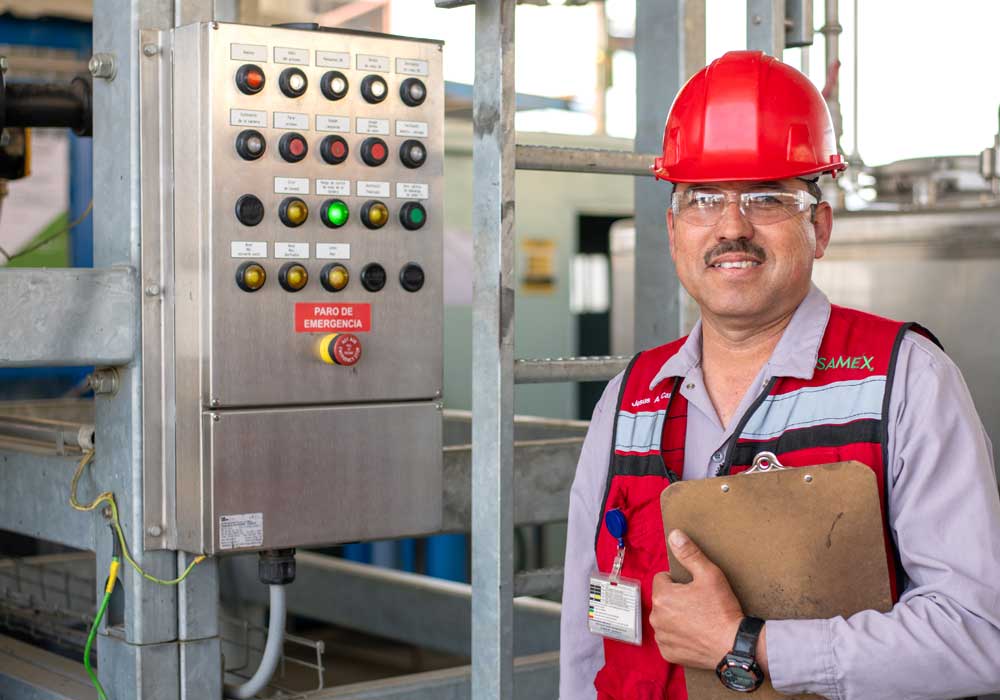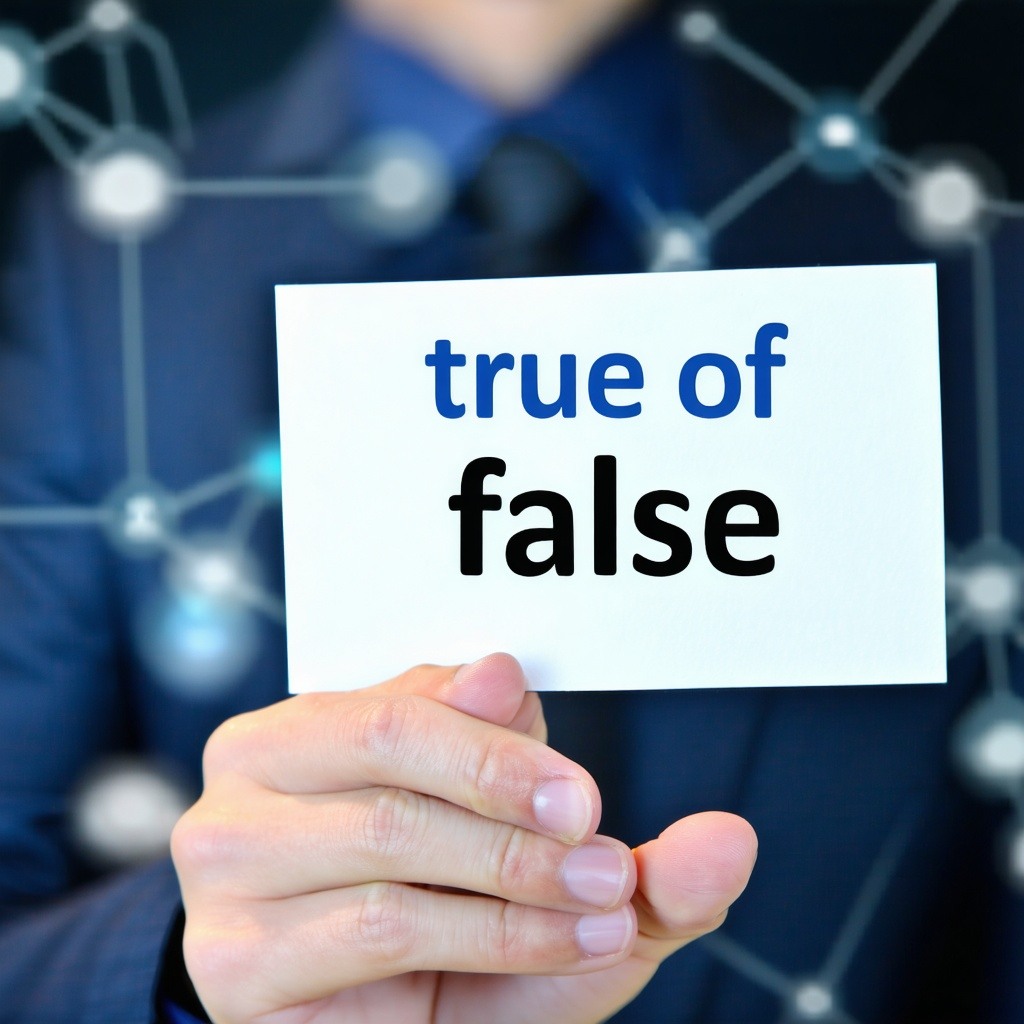True Or False: Flammable Liquids Are Those That Have A Flashpoint Of 590
False. Flammable liquids are typically defined as those having a flashpoint below 100°F (37.8°C) under standard conditions. A flashpoint of 590°F is...

In today's eco-conscious world, businesses are increasingly seeking sustainable methods to manage waste, and the recycling of flammable fluids is no exception.
One of the most effective and environmentally friendly methods is solvent distillation.
Solvent distillation is a sustainable process for recycling flammable liquids. During this process, a liquid or vapor mixture of two or more substances is separated into component fractions of desired purity. The solvent distillation process separates the solvents from other substances through the application of heat.
Heating a liquid mixture containing solvents causes the solvent to vaporize. The vapor is then condensed back into a liquid form, resulting in the separation and recovery of the solvent.
While solvent distillation isn’t your only option to dispose of flammable waste your business generates, it is by far one of the most sustainable choices you have available. Let’s dive into how solvent distillation works and why it’s taking many industries by storm.
To understand how flammable fluids are recycled sustainably, let’s take a look at the equipment used during this process.
At Samex Environmental, our state-of-the-art solvent distillation apparatus includes:
Common solvents that can be recycled, reprocessed and reused using this apparatus include:
The individual pieces of technology described above work together to separate, purify and recover solvents. 
A solvent is a molecule that can dissolve other molecules. These molecules are known as solutes. A solvent can be solid, liquid or gas. A solvent’s molecules pull apart the solute’s molecules, and eventually, the solute’s molecules become evenly distributed throughout the solvent. High temperatures or another chemical process must be applied to the solution to separate the solvent from the solute.
Some examples of solvents include water, ethanol, acetone, methanol, hexane, toluene, diethyl ether, petroleum ether and dimethyl sulfoxide (DMSO).
During the solvent distillation process, there are four steps:
Let’s now take a closer look at how this technology is a sustainable choice when recycling flammable fluids.
Solvent distillation reduces the need for virgin solvent production, minimizes hazardous waste generation and conserves valuable resources by recovering and reusing solvents.
The process itself is sustainable, but the solvent distillation plant you work with can also impact the level of sustainability you achieve.
For example, at Samex, our solvent recycling process minimizes environmental impact by using energy-efficient technology that increases recovery volume. Our solvent distillation technology reduces volatile organic compound (VOC) emissions during the recycling process through highly energy-efficient technology.
A key feature of sustainable plants is how they use the entire system together to conserve resources. For example, our waste to energy, solvent distillation and wastewater treatment processes complement one another and create a system where nothing is wasted and every byproduct is used.
Samex sends distillation bottoms, or the sediments and other matters separated from the solvent, to the alternative fuel formation section of the plant, where they are formulated for repurposing. Any wastewater generated is also repurposed.
The use of highly energy-efficient technology at Samex results in a high recovery volume. While reducing volatile organic compound (VOC) emissions, Samex enables the recycling and sustainable processing of chemicals.
This coordinated operation not only provides your business with sustainable solutions for recycling the flammable fluids you generate but also ensures compliance with environmental regulations, minimizes waste and promotes a circular economy, ultimately enhancing your company’s sustainability profile.

False. Flammable liquids are typically defined as those having a flashpoint below 100°F (37.8°C) under standard conditions. A flashpoint of 590°F is...
.png)
Class 1 flammable liquids are extensively used in various industrial applications, yet their usage carries inherent dangers that require special...